The year 2025 marks a significant surge in artificial intelligence (AI) within the video creation sphere, allowing for the realization of intricate ideas in mere minutes, as opposed to hours or even days. AI video tools have evolved far beyond simple talking avatars or rudimentary merging; they've matured into "virtual directors" capable of script processing, automatic scene selection, actor creation, set design, music composition, and surreal visual effects.
This remarkable development not only enables content creators, small businesses, and large corporations to save substantial time and production costs, but also heralds a new era of visual storytelling, where imagination is the only constraint. From the creation of personalized advertising videos to the production of documentaries, online lectures, and even segments of feature films, AI is democratizing the video production process, placing the power of creation in everyone's hands.
Key Criteria for Selecting the Leading AI Video Generators in 2025
To assess and select the best AI video tools of 2025, several crucial factors reflecting the remarkable progress of technology need to be considered:
Core Functionality: Text-to-Video Conversion Capabilities
This represents the fundamental feature, where an AI tool interprets a script and autonomously generates appropriate video scenes, incorporating images, video clips, graphics, and effects. By 2025, this capability must transcend basic video creation, intelligently grasping context, emotion, and desired style to produce high-quality, cinematic output.
Realism of AI-Generated Images and Avatars
The distinction between AI avatars and real people is becoming increasingly blurred. The best tools must generate ultra-realistic faces, gestures, expressions, and body movements, avoiding a "robotic" feel, particularly by providing flawless lip-syncing with spoken dialogue.
Creative Customization and Control
While AI automates numerous processes, users still require control to fine-tune the final product. This includes modifying settings, costumes, tones, pacing, visual styles, and inserting unique elements.
Multilingual Support and Localization
In a globalized world, a robust video creation tool should be able to create videos in diverse languages, with natural tones, pronunciations, and cultural adaptation capabilities.
Integration and Extensibility
The ability to integrate with other video editing platforms, content libraries, or AI tools (such as AI image or music generators) will enhance efficiency and diversify workflows.
Processing Speed and Overall Performance
Time is valuable; therefore, a powerful AI tool must be able to create high-quality videos quickly while maintaining steady performance, even with large projects.
User Interface and Experience Design
An intuitive, user-friendly interface is crucial for enabling all user levels, from novices to experts, to maximize AI capabilities without extensive technical knowledge.
Ethical Implementation and Transparency
The best AI tools will also feature mechanisms to ensure responsible technology use, including identifying AI-generated videos and clear data usage policies.
Top 11 AI Video Generation Solutions Anticipated for 2025
Based on the above criteria, here is a projected list of the top 10 AI video creation tools set to define 2025:
1. OpenAI's Sora (or a Comparable OpenAI Product)
OpenAI, known for breakthroughs like ChatGPT and DALL-E, introduced Sora, an AI model capable of producing extremely complex and realistic videos from text prompts. Sora, particularly Sora 2, excels at creating impressive videos that integrate realistic visuals, movement, and even sound.
2025 Highlights: Sora is expected to become the "gold standard" for text-to-video creation, generating long, visually and physically consistent scenes where objects and characters maintain their characteristics throughout the video. Its deep understanding of the real world and ability to simulate it with incredible accuracy will facilitate the creation of cinematic scenes, advertisements, or educational content that previously required large production teams.
Use Cases: From independent short films to complex training videos, Sora will revolutionize how we create visual content.
Link: https://openai.com/sora/
2. Google VEO 3
Google Veo 3 is an advanced AI video creation tool developed by Google's DeepMind and launched at the Google I/O 2025 event. It can transform text or images into high-resolution videos complete with natural sound, including speech, sound effects, and background music, crafting realistic and vibrant clips.
2025 Highlights: Veo 3 understands text descriptions or image inputs to create richly detailed video segments. Its integrated sound generation is a major differentiator, producing complete videos with synchronized artificial voices, ambient sound effects, and suitable background music. The tool generates videos in high resolution, even up to Full HD and 4K, with sharp visuals and realistic physics. Veo 3, an upgrade from Veo 2, offers greater creative control combined with the power of advanced Google AI models like Gemini.
Use Cases: From short 5-8 second clips to combining short films into longer content, VEO 3 opens applications for Youtube content producers or short educational films, particularly in language learning.
Link: https://deepmind.google/models/veo/
3. Kling AI
Kling AI (or Kling Video) is an AI-powered tool developed by Kuaishou (China) that automatically converts text descriptions or static images into high-quality video clips. It enables creators to produce smooth, realistic videos from their ideas without needing filming or editing skills.
2025 Highlights:
In 2025, Kling AI stands out with its advanced text-to-video and image-to-video generation capabilities, allowing users to transform written ideas or still photos into dynamic, high-definition clips up to 1080p at 30fps. The platform delivers exceptionally natural motion and lifelike physics, making every scene look fluid and realistic. Its fully automated workflow helps users save significant time and effort, making video creation faster, easier, and more accessible than ever.
Use Cases:
Kling AI is ideal for content creators and influencers who need short, engaging videos for social media, as well as for marketers and advertisers looking to produce storytelling or promotional videos efficiently. It also serves educators who wish to create more visual and interactive learning content.
Link: https://app.klingai.com/
4. RunwayML
RunwayML is already a significant player with its Gen-1 and Gen-2 tools, and 2025 will see the platform's substantial growth.
2025 Highlights: RunwayML will further evolve into an all-in-one AI video production studio. It will not only generate videos from text but also significantly enhance AI-based editing, allowing users to alter video styles or add/remove objects using text commands. Seamless integration between Generative AI capabilities and traditional editing tools will make Runway a top choice for creative professionals.
Use Cases: Film production, music videos, interactive advertisements, complex visual effects.
Link: https://runwayml.com/
5. HeyGen
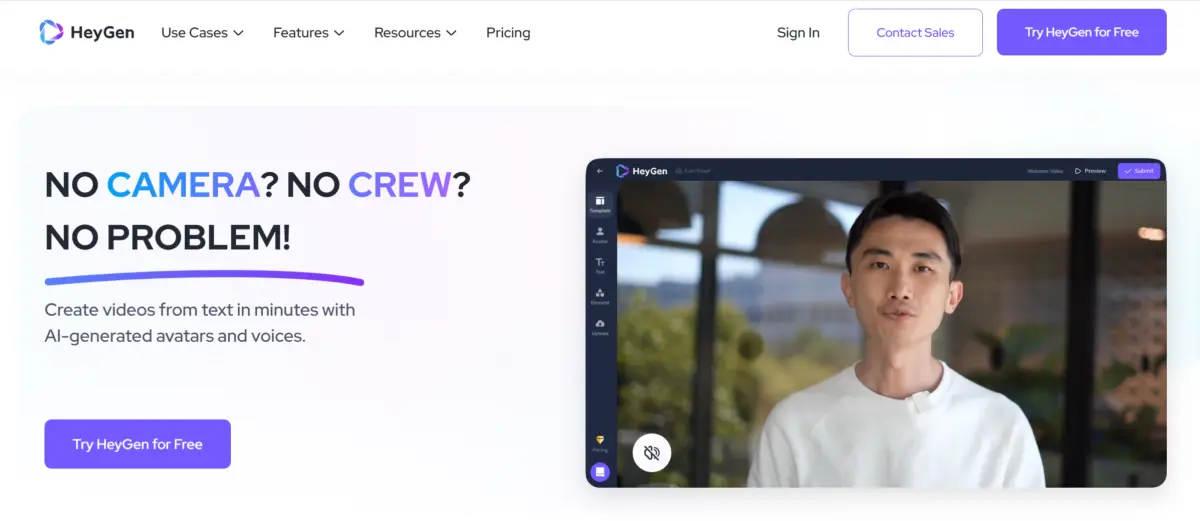
HeyGen is renowned for its ability to create highly realistic talking AI avatars with convincing lip-sync capabilities.
2025 Highlights: Beyond talking avatars, HeyGen will develop "digital actors" capable of expressing more nuanced emotions, natural gestures, and body language in various situations. It will allow users to easily create entire dialogues between multiple AI characters in diverse settings, with detailed customization options for clothing, tone of voice, and personality.
Use Cases: Video marketing, online training, AI news, product explanation videos.
Link: https://www.heygen.com/
6. Synthesys AI
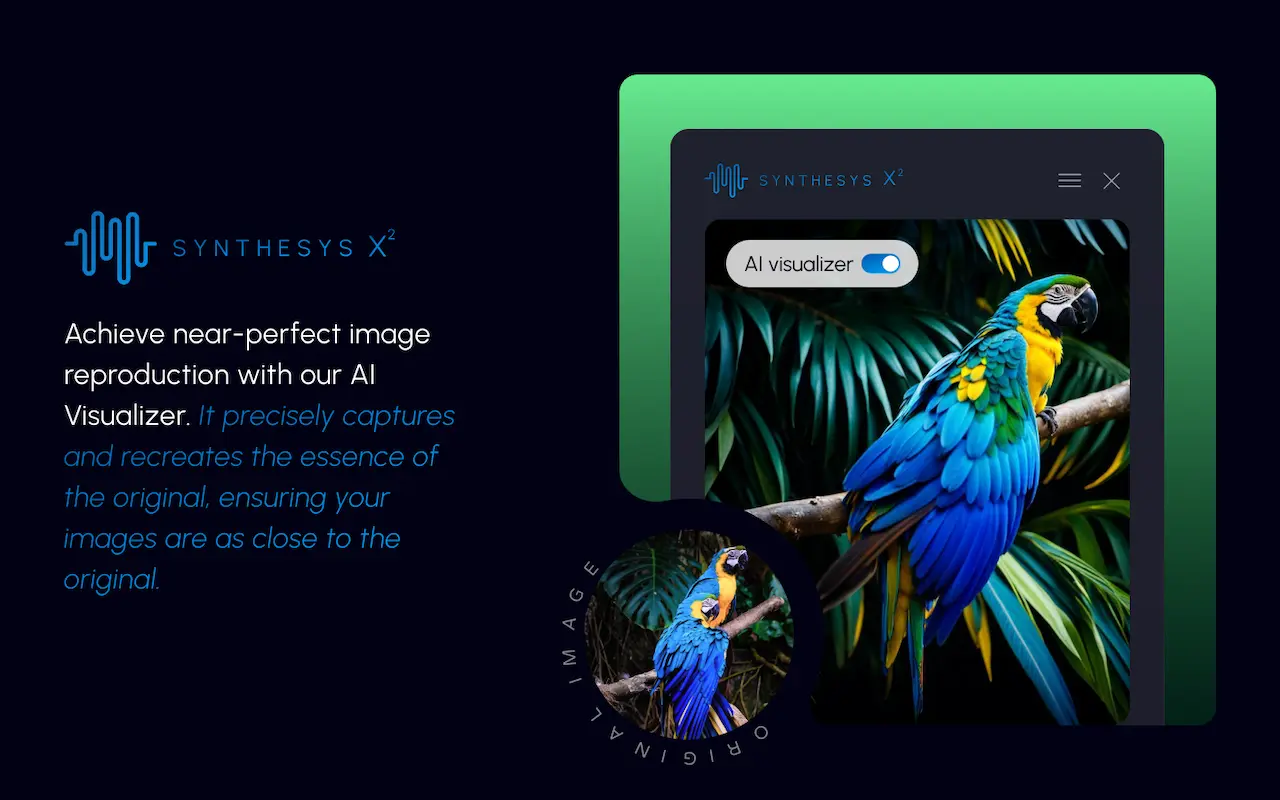
Synthesys AI is another powerful tool for creating videos with AI avatars and realistic voices from text.
2025 Highlights: Synthesys will focus on creating AI avatar characters that can interact with AI-generated 3D virtual environments. The tool will offer a more diverse avatar library and the ability to customize appearance, voice, and presentation style in detail. The ability to create personalized avatars based on user photos or videos will become commonplace, enabling virtual trainers, customer support staff, or digital presenters.
Use Cases: Automated customer service, business presentations, personalized education.
Link: https://synthesys.io/
7. Adobe (Firefly/Project Stardust Integration)
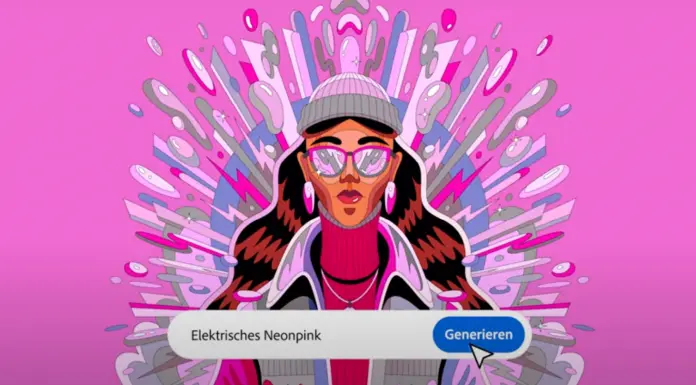
Adobe, a leader in professional creative tools, will deeply integrate generative AI into its product suite, especially Premiere Pro and After Effects.
2025 Highlights: Instead of a standalone tool, Adobe will offer a robust AI ecosystem where users can employ text commands to automatically generate b-roll, remove unwanted objects, alter lighting/color, or even completely reshoot scenes in Premiere Pro. "Project Stardust" will enable video editing like photo editing, making the post-production process faster and more intuitive than ever, combining AI power with professional filmmaker control.
Use Cases: Professional video production, cinematic post-production, high-quality advertising.
Link: https://www.adobe.com/products/firefly/features/ai-video-generator.html
8. Pictory AI
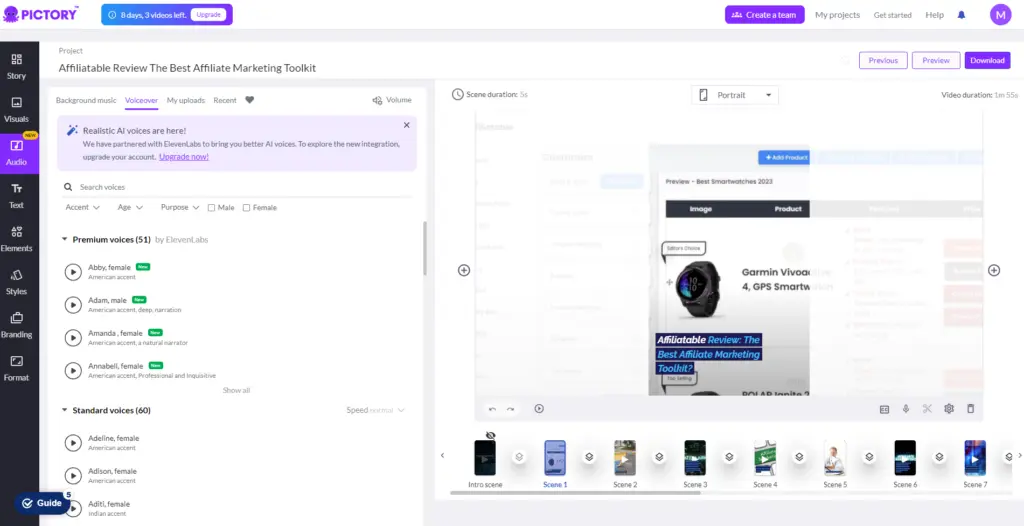
Pictory AI is ideal for transforming text and long articles into concise, engaging videos.
2025 Highlights: Pictory will enhance its AI-powered content summarization, not only creating videos but also suggesting optimal storytelling structures, selecting clips, images, music, and AI voiceovers best suited to the original text's tone and message. Automatic title, subtitle, and SEO optimization features will enhance content accessibility across platforms.
Use Cases: Video blogs (vlogs), news updates, book/article summaries, social media content.
Link: https://pictory.ai/
9. InVideo AI
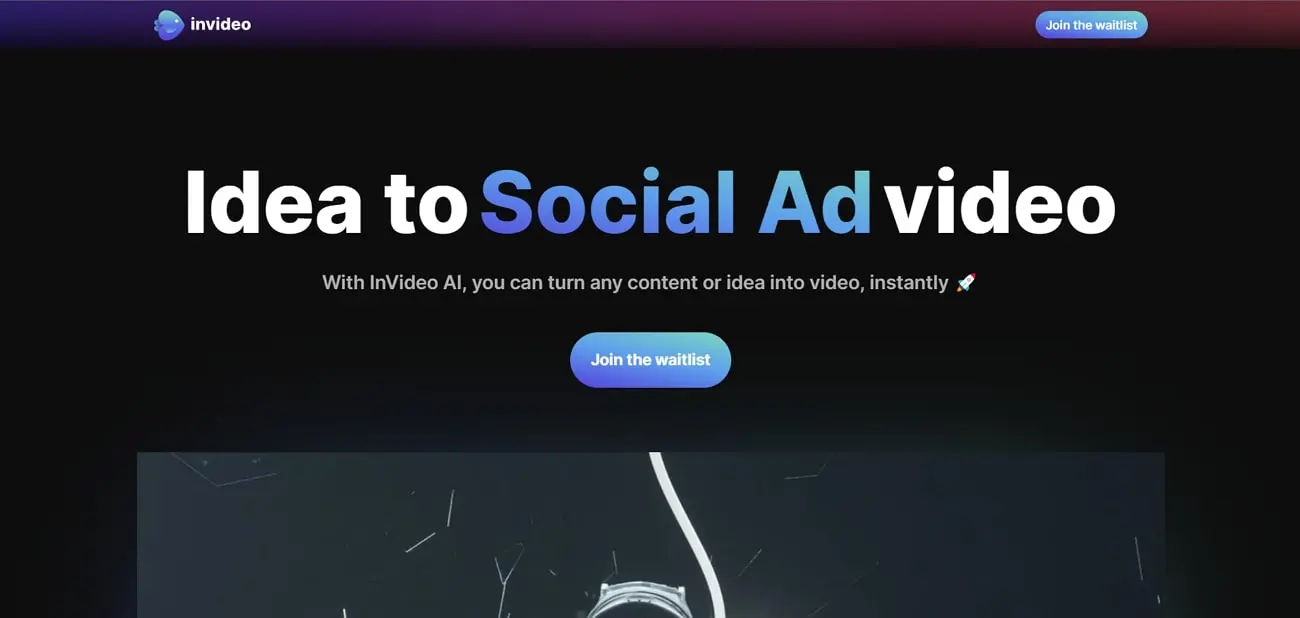
InVideo is already a popular online video editing platform, and its AI version will continue to grow strongly.
2025 Highlights: InVideo AI will offer smarter video templates that automatically adjust to user content and goals. The tool will enable video creation from scripts or general ideas, with AI handling the rest—selecting relevant footage from a vast library, adding transitions, effects, and background music. Voice-based video editing will also become prevalent.
Use Cases: Video marketing, product promotions, video invitations, personalized content.
Link: https://invideo.io/
10. Elai.io
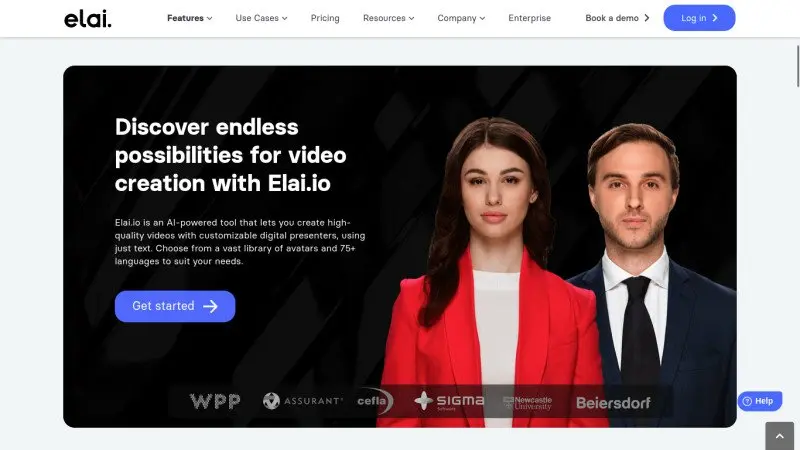
Elai.io excels at creating videos from text with multiple AI voices and multilingual support.
2025 Highlights: Elai.io will focus on providing deeper AI video localization, not only translating languages but also adjusting visual and cultural elements to suit specific audiences worldwide. The AI voice's ability to translate and convey emotions will be more nuanced, making videos highly persuasive in any language.
Use Cases: Multinational training, global communication, educational content in different language versions, localized marketing campaigns.
Link: https://elai.io/
11. DeepMotion (or Other AI Animation Tools Like Kaiber.ai)
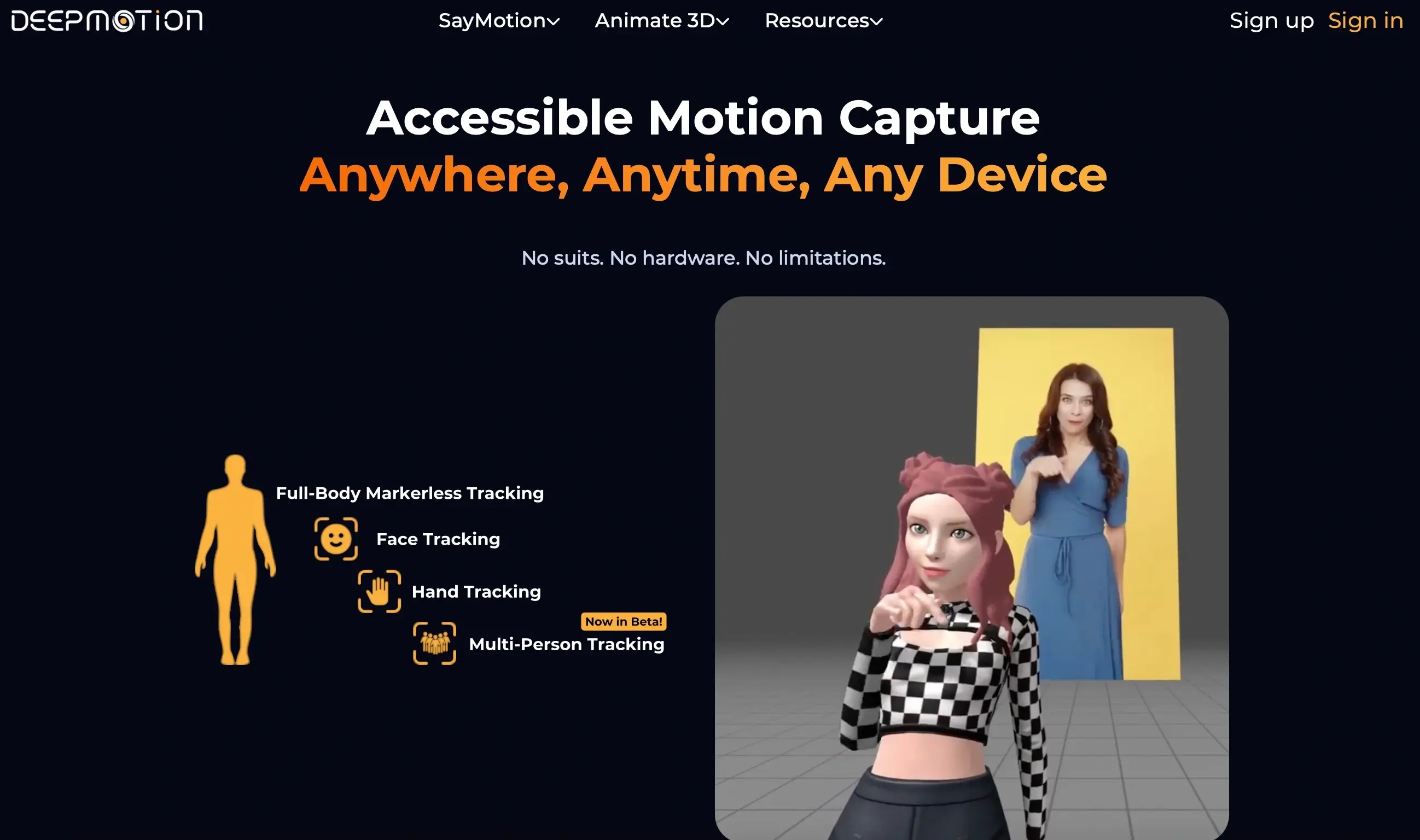
DeepMotion focuses on creating 3D animations from motion capture data or text descriptions.
2025 Highlights: Tools like DeepMotion will democratize 3D animation. Users can input text descriptions of actions or emotions, and AI will generate complex, realistic 3D animations for their characters. The ability to transform user 2D videos into 3D models and animate them will open doors for creators looking to make cartoons, games, or virtual reality experiences without significant costs.
Use Cases: Game development, animated films, 3D animation production, metaverse applications.
The Future of AI-Powered Video Creation
The year 2025 marks only the beginning of a revolution in video creation. AI tools will continue to evolve rapidly, exceeding our imagination. We will witness the rise of "real-time AI video interaction," where users can chat with AI to edit videos in real-time or even create dynamic interactive scenarios.
However, with great power comes great responsibility. Issues concerning copyright, ethics, and distinguishing between real and AI-generated content will become important topics for discussion and resolution. Nevertheless, AI is undeniably expanding creative horizons, helping people tell their stories more powerfully, quickly, and effectively than ever before.
`